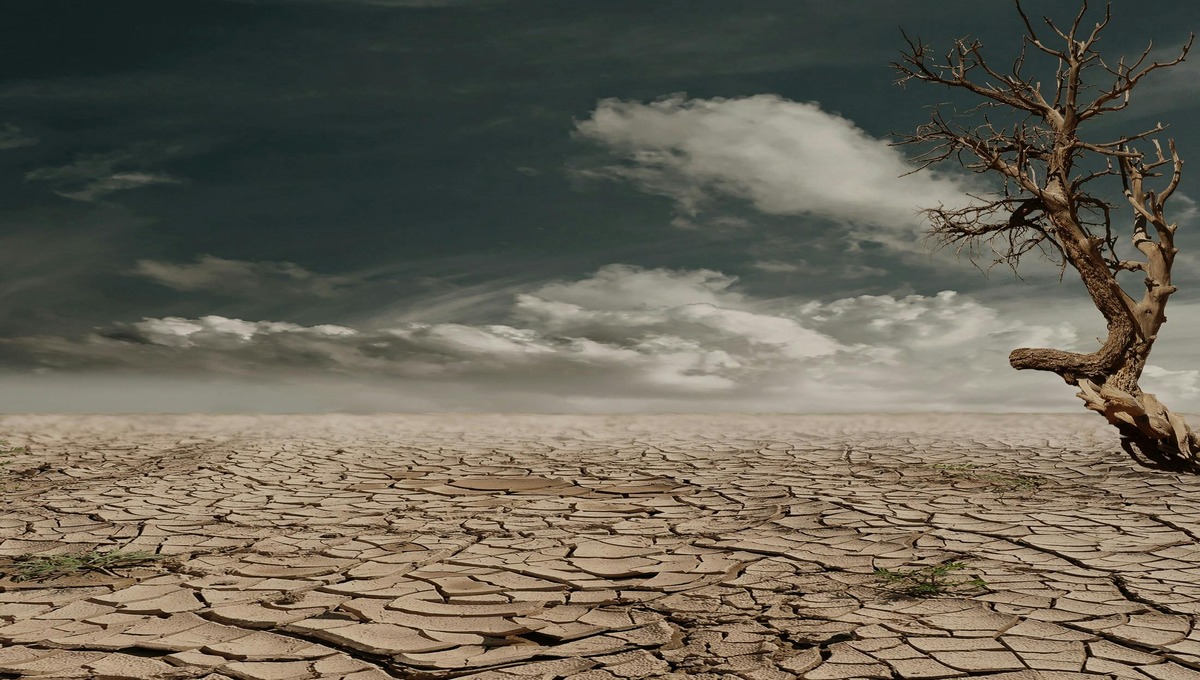
All About Climate Finance: Climate Finance Instruments at a Glance
Climate resilience-building and adaptation is expensive. According to the Africa Development Bank, Africa requires $2.8 trillion to implement its commitments as set out in the countries’ specific National Determined Contributions under the Paris Agreement 2015. What then are the climate finance instruments available to the Continent?
1. Loans
The loans can either be concessional or market-based.
In recognition of the climate-related investment opportunities, financial institutions are scaling up their mobilization and deployment of funds towards green/climate financing. For instance, the African Development Bank has committed $25 billion towards climate finance by 2025.
2. Grants
African countries can obtain grants from multilateral funds such as the Green Climate Fund, the Adaptation Fund and the Global Environment Facility These are funds which exist to provide climate financing solutions and technical expertise to developing countries.
3. Green Bonds
This will allow African countries to raise the much-needed finance from the capital markets. Notably, the global green bonds market is estimated to be worth $2.2 trillion. So far only two African countries have floated sovereign green bonds i.e. Nigeria in 2019 and Egypt in 2020 raising $40 million and & $750 million, respectively.
4. Carbon taxes
African countries can levy a tax on carbon emissions from the production of goods and services. The effectiveness of this financial option is pegged on the existence and operation of a framework for monitoring and reporting carbon emissions.
Currently, African countries with a form of carbon tax include Rwanda, Uganda, Malawi, Mauritius, Zambia, Ethiopia and South Africa.
5. Carbon trading
Carbon trading is anchored in the Kyoto Protocol of 1998 and refers to the sale of carbon credits in the carbon markets. It operates on a ‘cap and trade’ model. The government sets a cap on the amount of GHG (greenhouse gases) that can be emitted. This cap is divided into credits (permits which allow the holder to emit a specific amount of GHG) which are then sold to emitters. Emitters that have not used up their credits can sell them to emitters who have exceeded their emission targets creating a secondary carbon market.
The journey towards climate resilience and adaptation in Africa is a financial challenge and an opportunity for innovation and cooperation. Embracing the above financial tools, while fostering international partnerships and local capacities, can pave the way for a resilient and sustainable future for Africa.
Disclaimer:
The information provided in this article is intended for informational purposes only and should not be construed as legal advice. Don’t hesitate to get in touch with Crispine Odhiambo; Senior Partner and head of Projects in Energy and Infrastructure at crispine@koassociates.co.ke or Beatrice Ngunyi; Associate in Projects in Energy and Infrastructure at beatrice@koassociates.co.ke for any related queries or legal advice.
